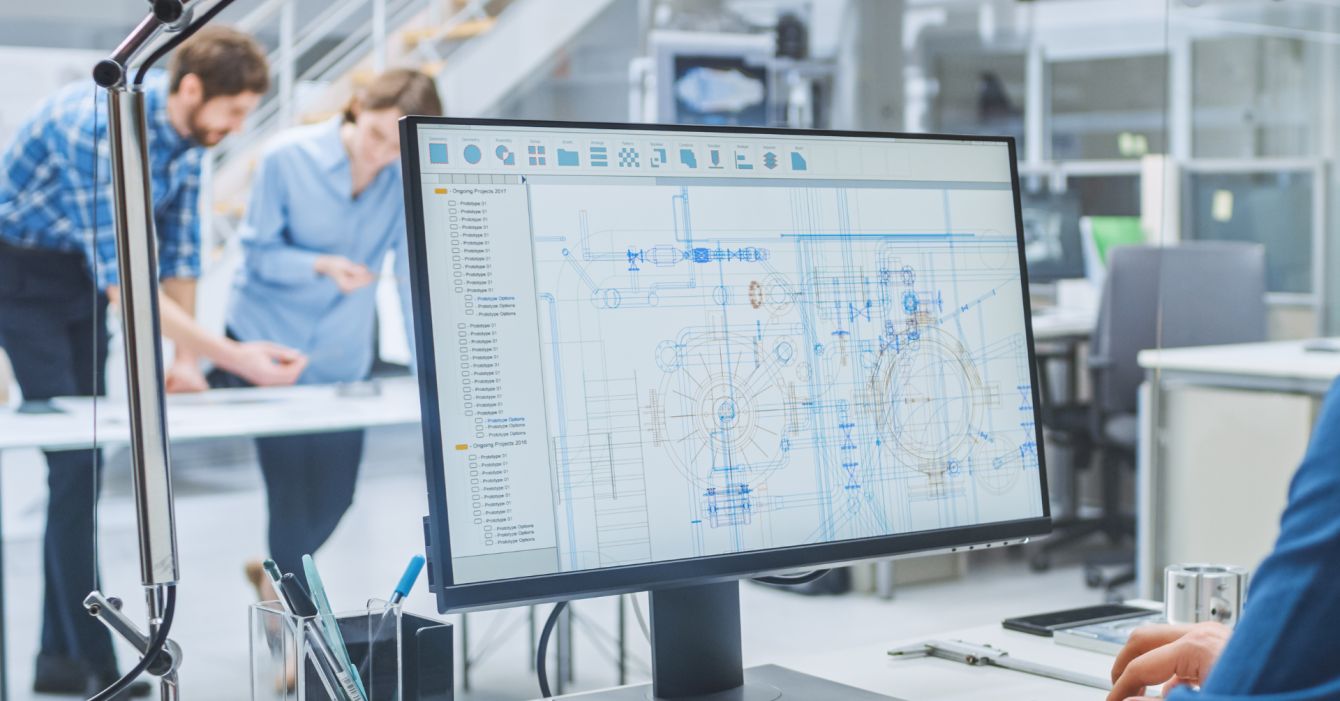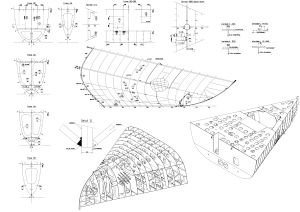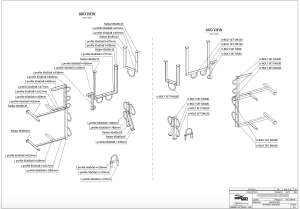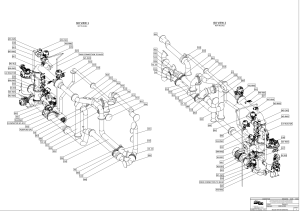
Detail desing
Detail design focuses on the complete specifications of all systems, components, and structures of the ship

Detail design focuses on the complete specifications of all systems, components, and structures of the ship
Lines fairing involves the smoothing and shaping of a ship’s hull lines to ensure accuracy and precision in the production phase. It is crucial for shipbuilders to have fair lines to construct the vessel as intended, minimizing deviations from the design and ensuring optimal hydrodynamic performance.
Workshop drawings are detailed plans used by shipyard workers and craftsmen during the ship’s construction. These drawings provide step-by-step instructions and specifications for the assembly of ship components, ensuring consistency and quality in the build process.

Shell plate development involves the creation of templates for cutting and shaping the steel plates that form a ship’s outer hull. These templates guide the precise fabrication of hull sections, contributing to the structural integrity and hydrodynamic efficiency of the vessel.
Plate shaping templates provide essential data on how to bend and shape steel plates accurately to fit the curvature of a ship’s hull. This information is vital for ensuring that the hull plates align correctly, contributing to the overall strength and stability of the vessel.
Production information encompasses all the data and documentation necessary for the ship’s construction process. It includes specifications, schedules, materials lists, and quality control procedures, ensuring that the ship is built according to design standards and within specified timelines.
Nesting or lofting is the process of optimizing the layout of ship components on steel plates to minimize material waste and improve efficiency during cutting and fabrication. It plays a crucial role in cost reduction and resource management during shipbuilding.

HVAC stands for Heating, Ventilation, and Air Conditioning. In ship design, HVAC systems are essential for providing a comfortable and controlled environment within the vessel’s interior spaces. These systems regulate temperature, humidity, and air quality to ensure the well-being of passengers and crew.
Isometric drawings are detailed representations of piping systems in three dimensions. They are used to visualize and communicate the layout of complex piping networks, aiding in the accurate installation and maintenance of ship systems.

Spools drawings provide detailed schematics of piping components, such as elbows, valves, and connectors, used in ship systems. These drawings guide the fabrication and assembly of individual pipe sections, ensuring the proper functioning of fluid systems on board.

